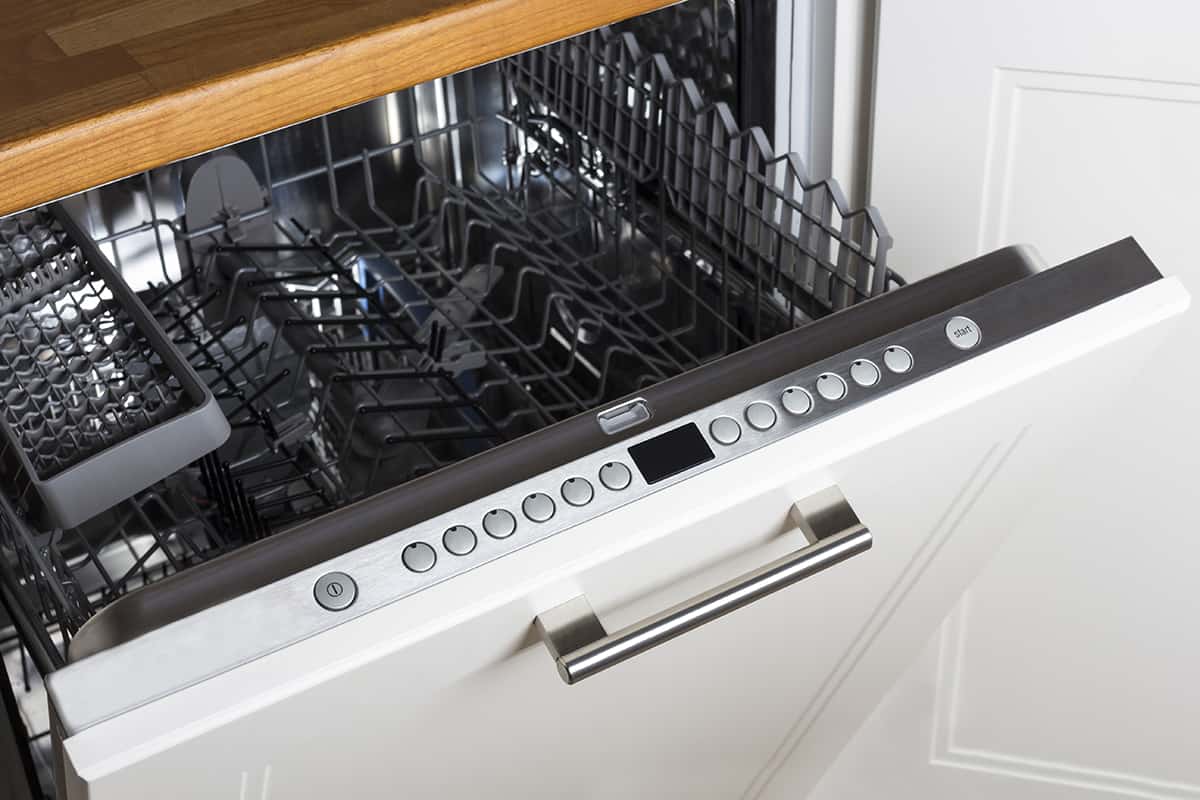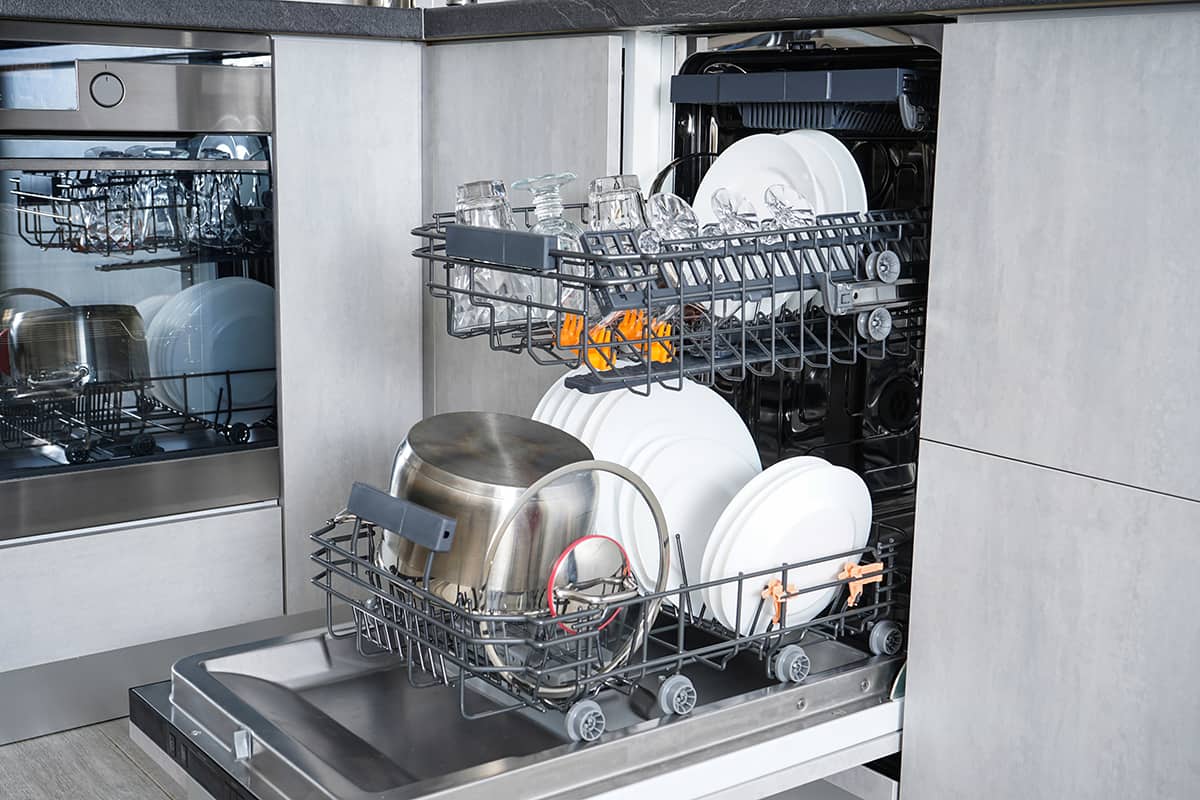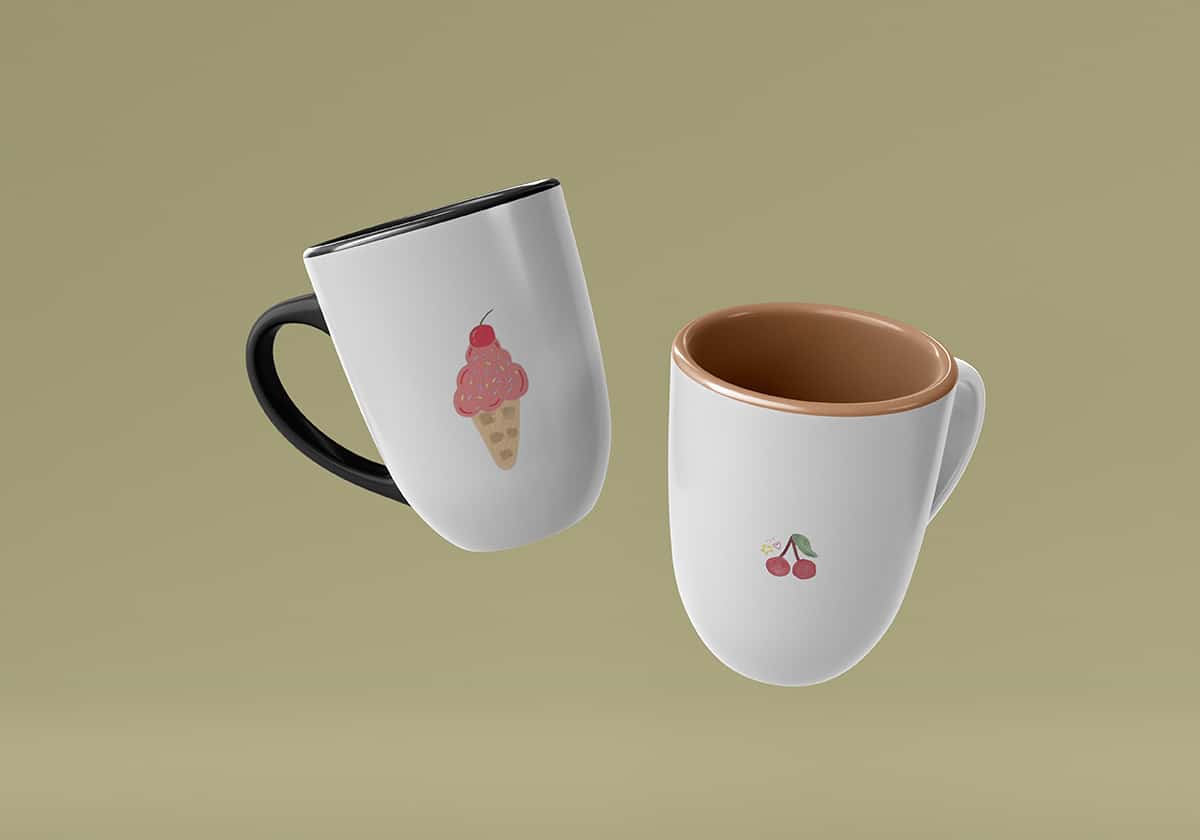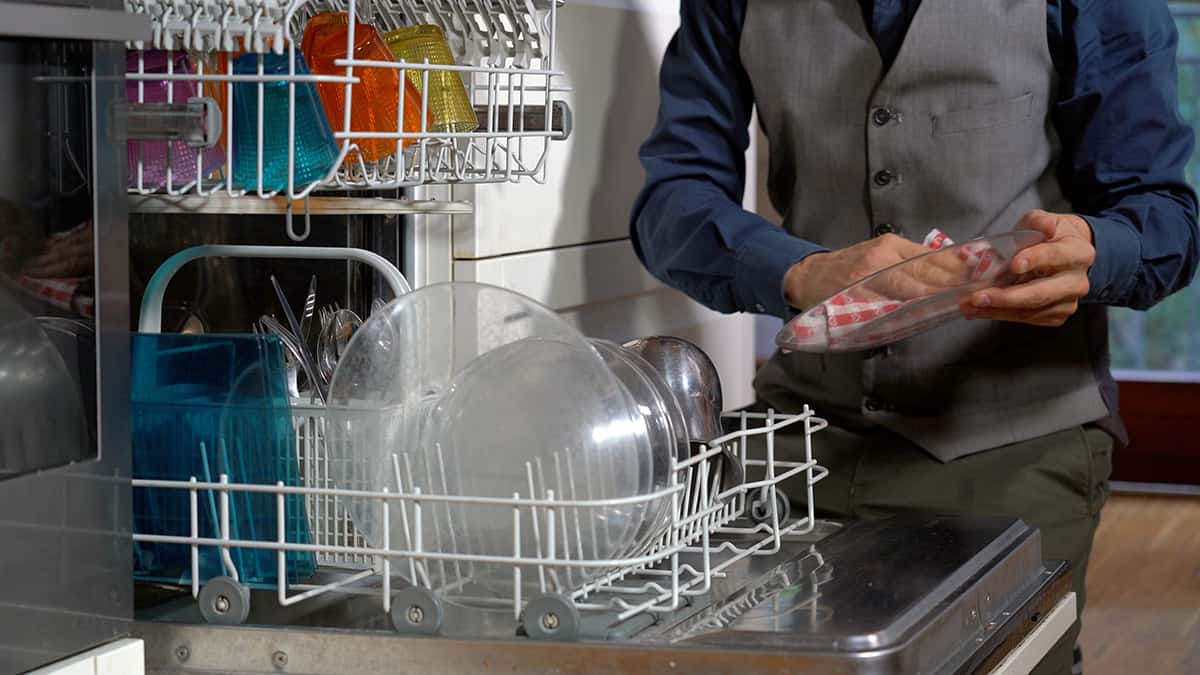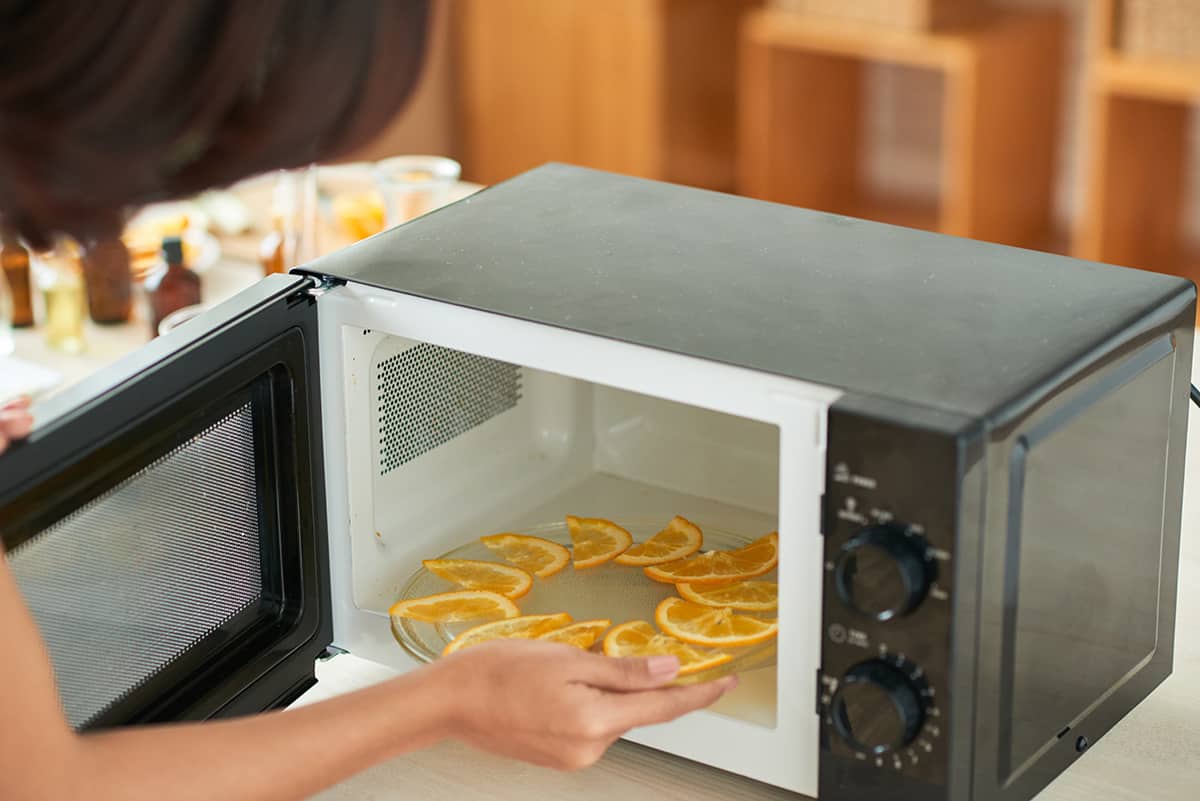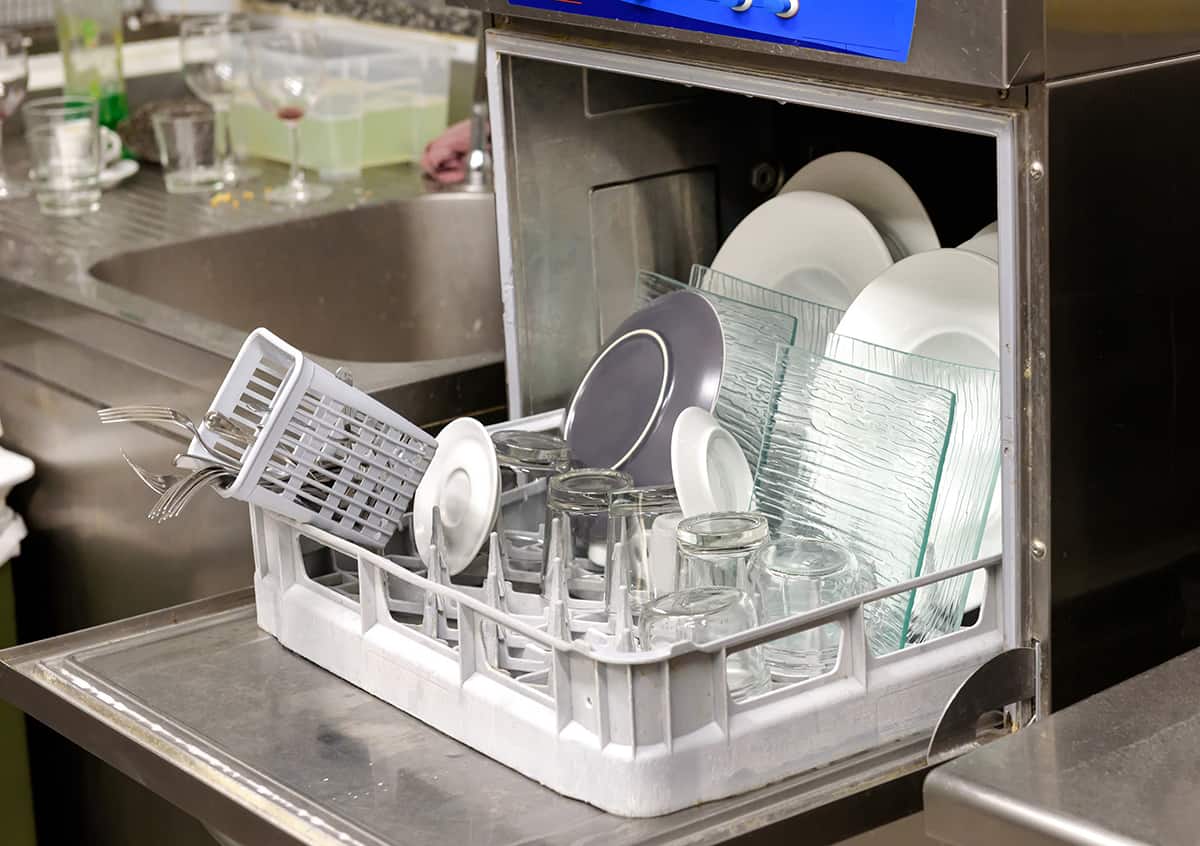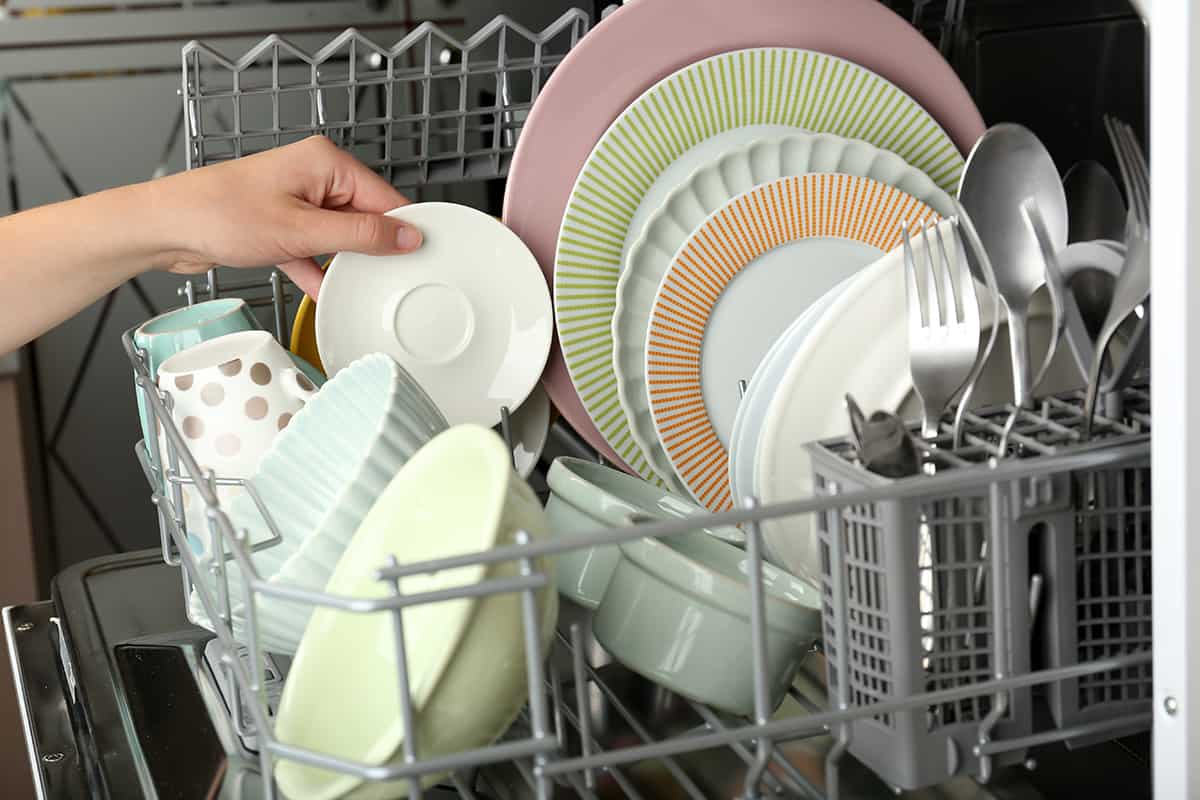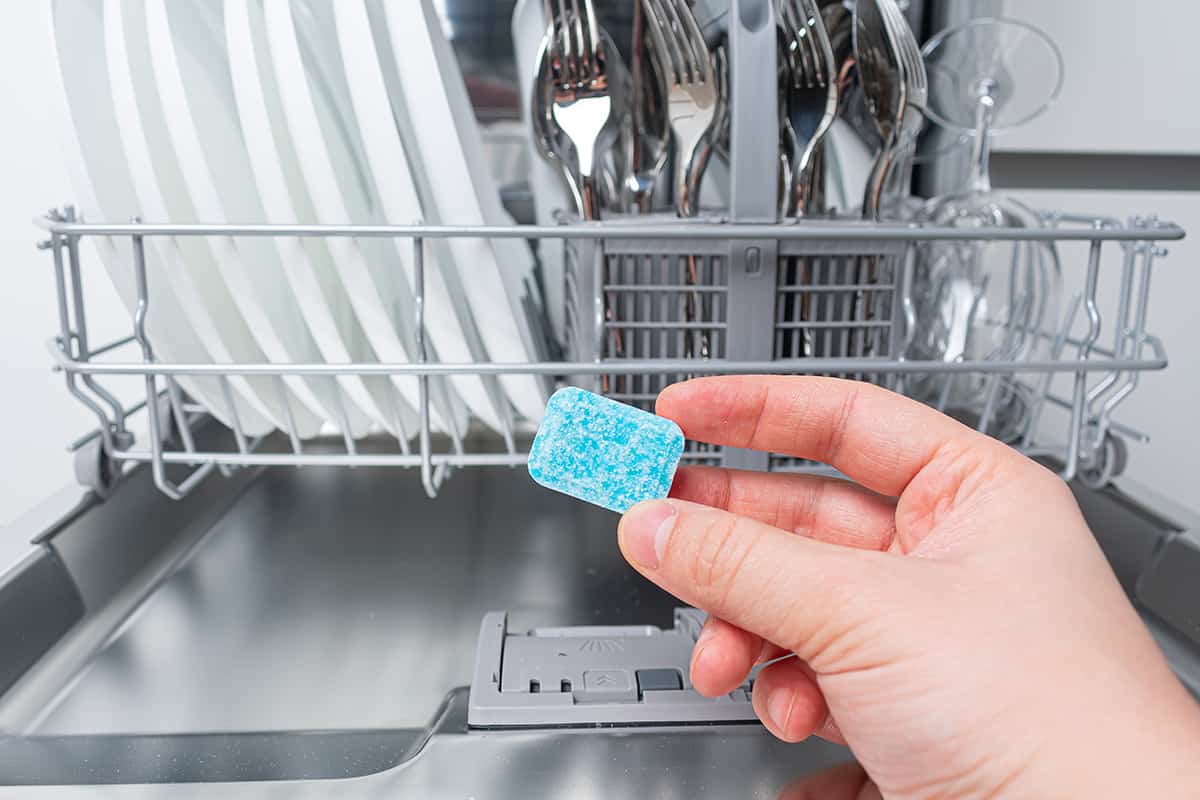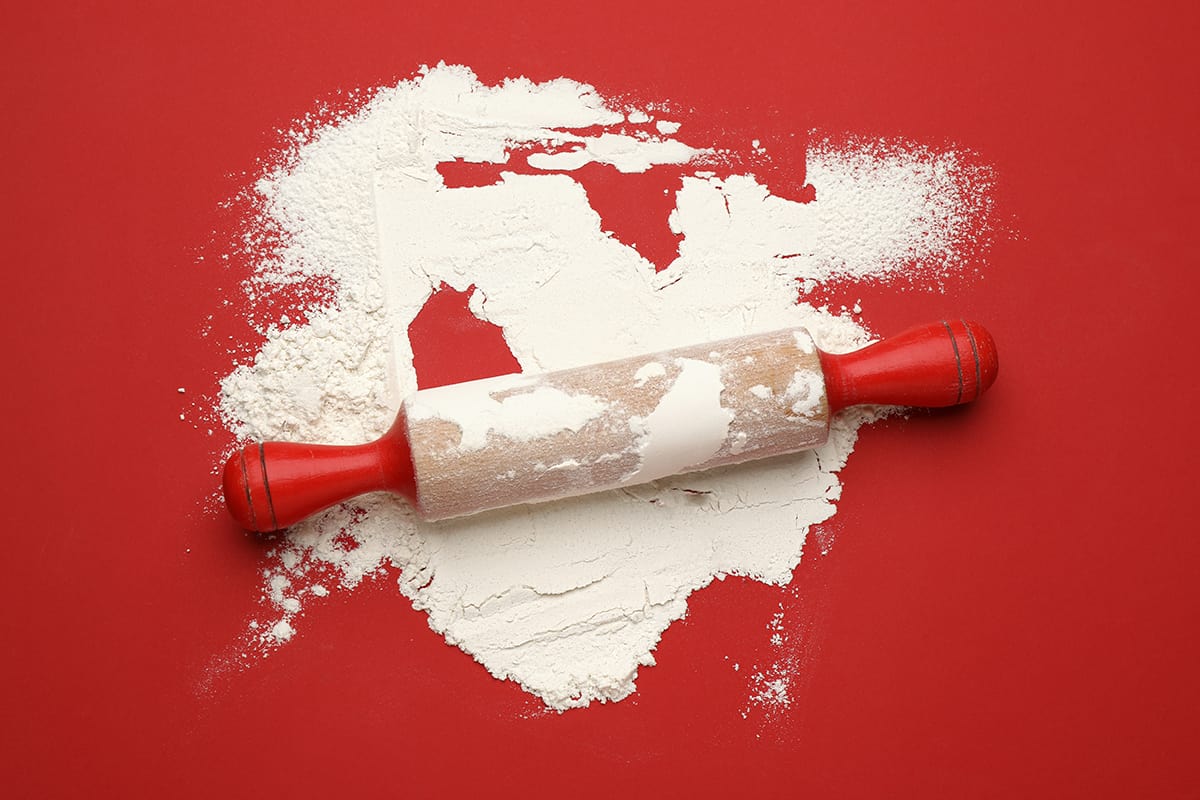Dishwashers have an average life expectancy of 7 years, assuming you run 5 cycles every week consistently. However, within that 7-year time window, maintenance issues may arise, some of the most concerning of which involve the dishwasher’s heating element. So, what do you do when your dishwasher’s heating element stays on after completing a cycle?
Plastic glasses and utensils that drop from their compartments and land on the dishwasher’s heating element can create a mess.
A typical dishwasher will have a 24 × 24-inch footprint and stand roughly 35 inches tall or take up almost 12 cubic feet. Meanwhile, a hatchback usually has around 25 cubic feet of cargo space with its rear seats lowered. With the proper precautions, it is possible to transport a dishwasher in a hatchback.
All of Swig Life’s drinkware are top-rack dishwasher safe. Simply place the Swig cups upside down on the top rack and run a wash cycle as you normally would. Even the accessories, such as lids, are safe to wash in your dishwasher.
Have you ever opened discovered dirty plates in the top rack of your dishwasher after a complete wash cycle? You’re not alone since it’s a lot more common than you might think. So, what causes dishes on the top rack to remain unclean?
As its name suggests, dishwashers are supposed to, well, wash dishes. However, as handy as they can be, dishwashers aren’t always reliable. Oftentimes, you might find soap residue clinging to the surfaces of your dishes and glassware. So, why does this happen?
The microwave plate is made of toughened food-grade glass that is safe to place in a dishwasher. Make sure you allow it to cool completely before placing it in the bottom dishrack.
When a KitchenAid dishwasher fills but won’t commence the washing phase, the likeliest culprits are a faulty pressure switch, a faulty temperature regulator, and a faulty door switch. You may need to remove the malfunctioning component and replace it with a new unit.
As great as dishwashers can be, they’re not invincible. There are certain things you can do that might not just affect its overall performance but also cause it to break down. One thing many people don’t pay enough attention to is how much they load into the dishwasher.
If your tea kettle is made of stainless steel or aluminum, it should be safe to place inside a dishwasher. Electric tea kettles and hard-anodized kettles should be washed by hand.
Do you keep the individual plastic wrapping on your dishwasher tablets? Or do you unwrap them first?
If you’re one of those people who always wonders, “Can you put rolling pins in the dishwasher?” we have the answer for you: yes, but only if it is completely made out of wood. If your rolling pin has any other material like plastic or metal on it, then you should not try to wash it in the dishwasher because this could cause damage to those materials.
